Bristol and the surrounding area is steeped in rich architectural history. It’s no surprise then that the area has a large amount of historic houses. Here are 9 of our favourite historic houses around the Bristol area.
1. Tyntesfield, Wraxall, Bristol
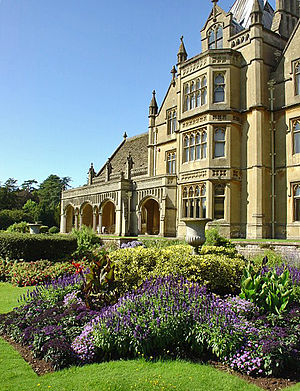
A Grade 1 listed stately home located in the small village of Wraxall near Bristol, Tyntesfield is considered one of the best surviving examples of Victorian Gothic Revival architecture in the country. Built on the site of a 16th century hunting lodge, the grand home as we know it today was built by the businessman William Gibbs in the 1860s who had made his fortune selling guano as a fertiliser. Tyntesfield was bought by the National Trust in 2002 and is currently undergoing extensive renovation.
2. The Bishop’s Palace, Wells
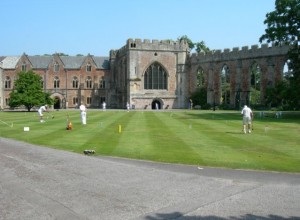
Another Grade 1 listed building, the Bishop’s Palace and House in Wells was originally the residence of the Bishop of Bath and Wells. Started in the 12th century by Bishop Jocelin, The Bishop’s Palace is seen as a good example of the Early English architectural style. It even has a moat!
3. Dyrham Park, Bath
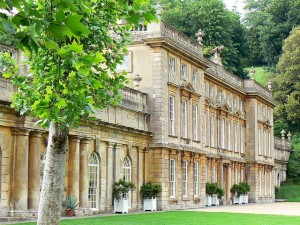
A grand country house in the baroque style, Dyrham Park is set in the surroundings of an ancient deer park near the village of Dyrham on the outskirts of Bristol. The house itself benefits from two unique approaches by different architects: the west front was designed by the Huguenot architect Samuel Hauduroy in 1692, and the east front by William Talman in 1704.
4. The Red Lodge, Bristol city centre
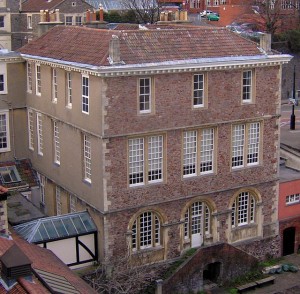
The Red Lodge is one of the best surviving examples of Tudor architecture in Bristol. Built in 1568 for John Young, a courtier, the Red Lodge was originally part of a much bigger complex belonging to the Great House of St. Augustine’s Back which the Colton Hall is now built on the site of. The lodge itself was situated in the gardens of the Great House and would have been used as a guest pavilion.
5. Clevedon Court, Clevedon
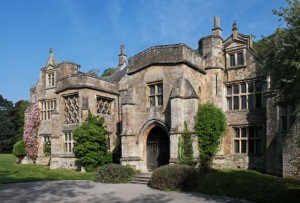
The Grade I listed Clevedon Court dates from the 14th century and is supposedly built on the site of a Roman building. The earliest surviving parts of the court are the Great Hall and Chapel complex which haven’t changed too much since their completion. The house has been extensively added to over the years, most notably with the addition of intricate decorations and new windows in the 16th century.
6. Tredegar House, Coedkernew, Newport
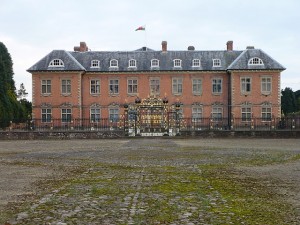
Tredegar House near Newport is a another Grade 1 listed building and was described by Newman as one of the ” most outstanding houses of the Restoration period in the whole of Britain”. Built in 1664 and completed in 1672, Tredgar House’s grand design incorporates many architectural features typical of the post-civil war period. Interestingly, despite the architecture of the house being widely admired the architect who built Tredgar is unknown.
7. Lytes Cary Manor, Somerton
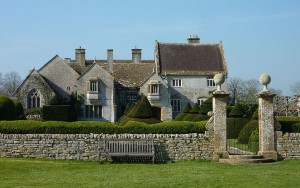
A small manor house dating from the 14th century, Lytes Cary Manor takes it name from the Lyte family, who were tenants of the manor from the 12th century until the 18th century, and the nearby River Cary. Mainly built of the Blue Lias stone that defines the local architecture of the Central Somerset region, parts of the house also utilise Hamstone dressings around several quoins and windows. The beautiful 17th century gardens are Grade 2 listed on the Register of Historic Parks and Gardens of special historic interest in England.
8. Lacock Abbey, Chippenham
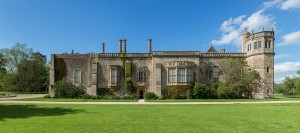
Founded in the 13th century as a Augustinian nunnery, Lacock Abbey was converted into a grand country house following the Dissolution of the Monasteries in the 16th century. The Abbey has been extensively added to other the years, but a majority of original Early English architectural features such as the cloisters and monastic buildings have been left relatively untouched.
9. Stourhead, Mere, Warminster
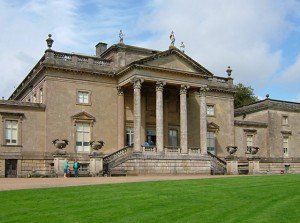
The 2,650-acre Stourhead estate once belonged to the Stourton family who had lived on it since the 12th century. In 1717 the estate was sold to Henry Hoare, the son of a rich banker, who completely redeveloped the site. The existing manor house was demolished and a new plan for the neo-classical mansion and estate we know today was developed by architect Colen Campbell. Constructed in an breathtaking palladian style, Stourhead, along with its Greek-myth inspired gardens, is a superb example of early Neo-classical architecture.
Wessex Restoration: restoring historic houses back to their former glory
To find out more about our restoration and repair services, please feel free to get in contact with us on 01275 810322 or send us an email.




